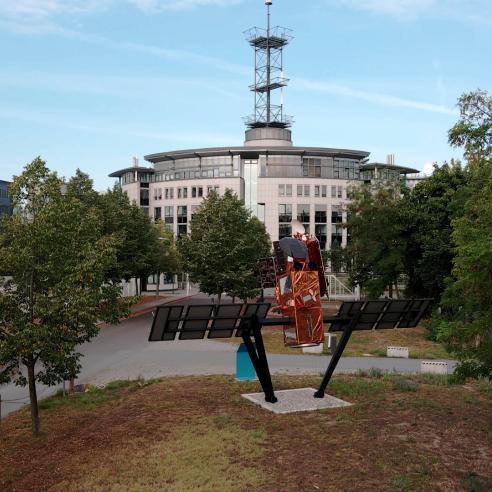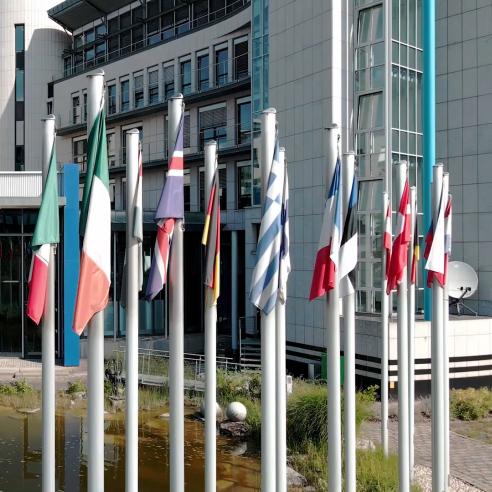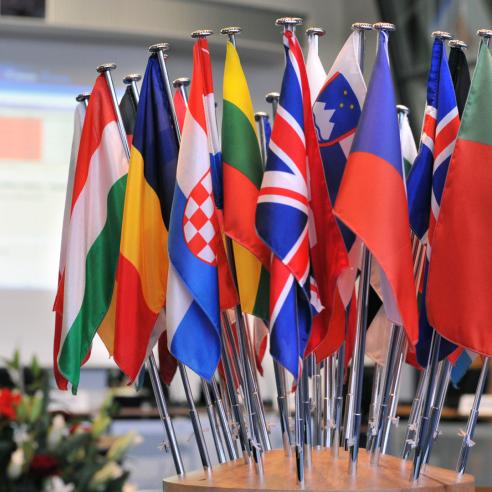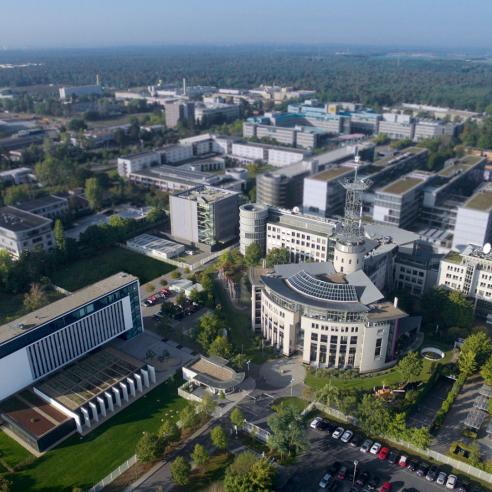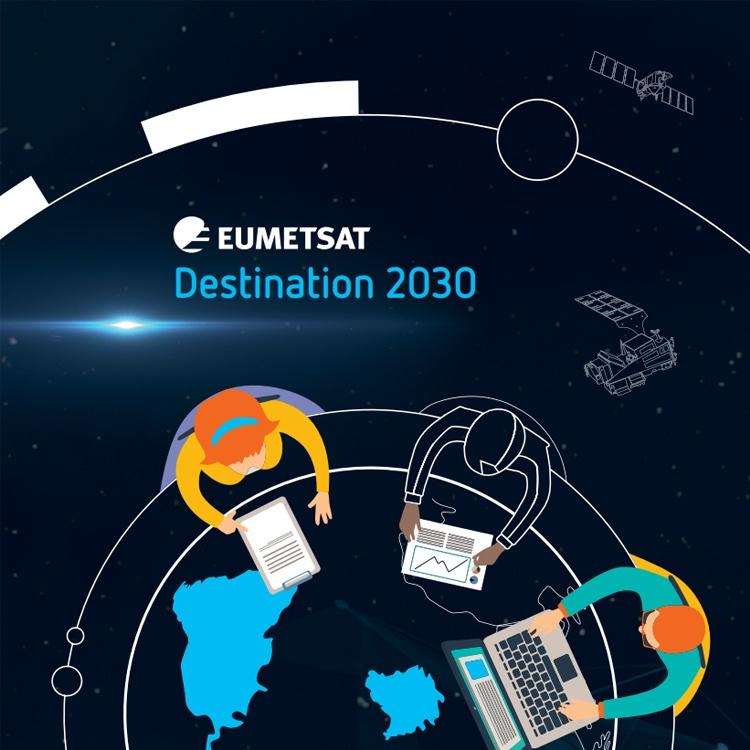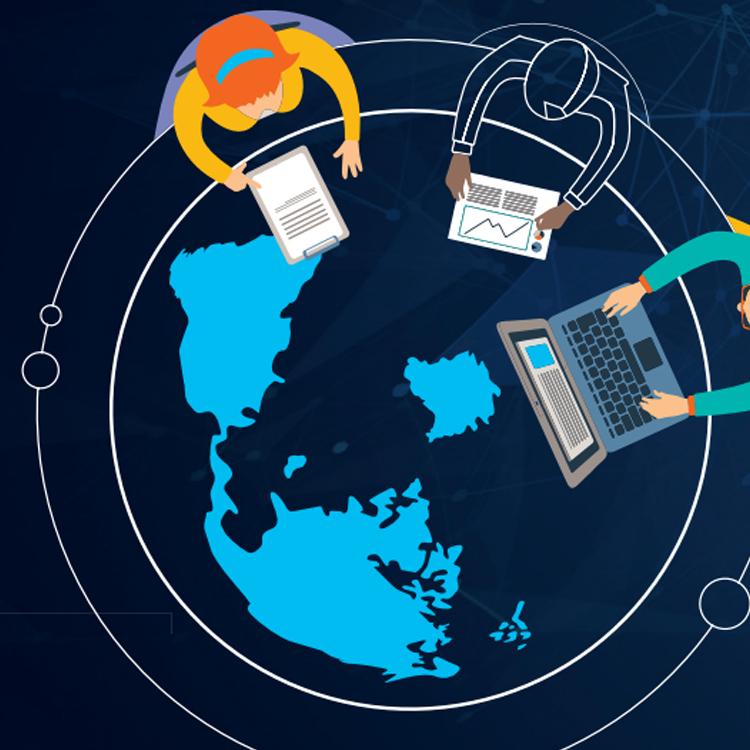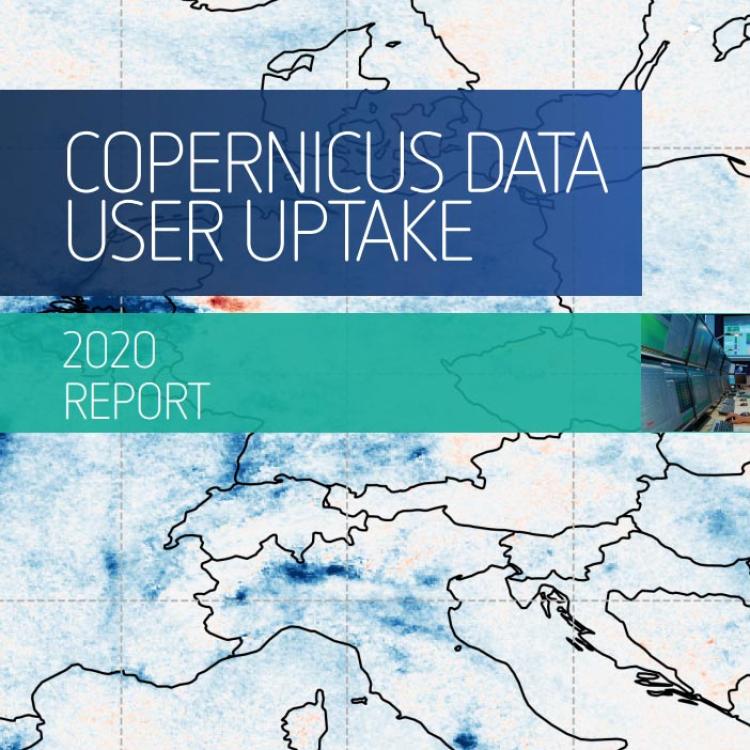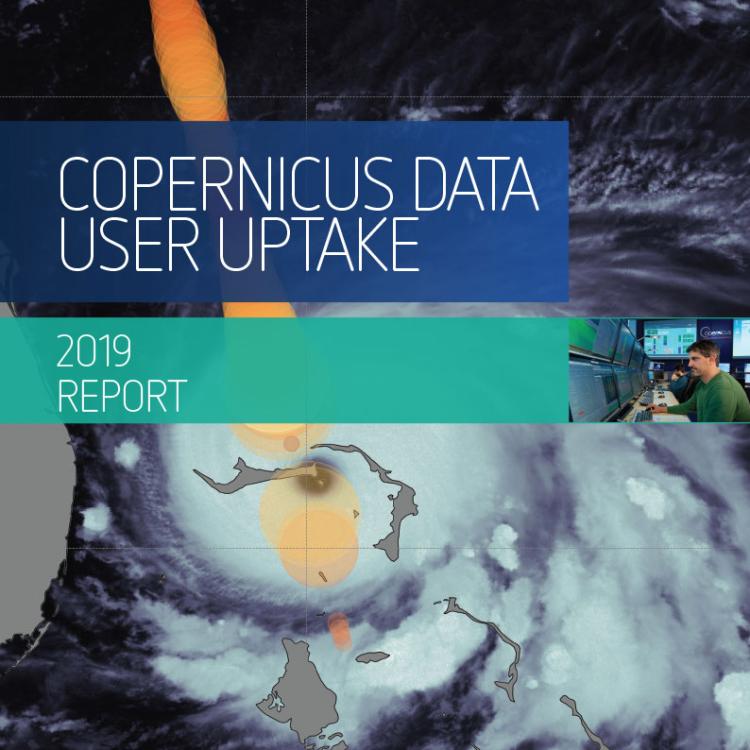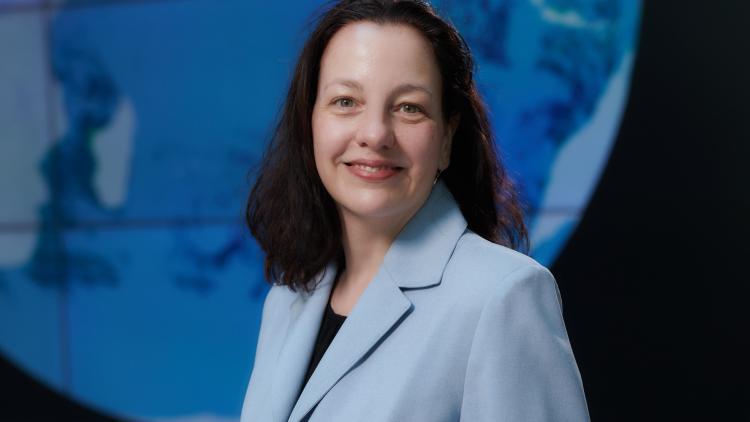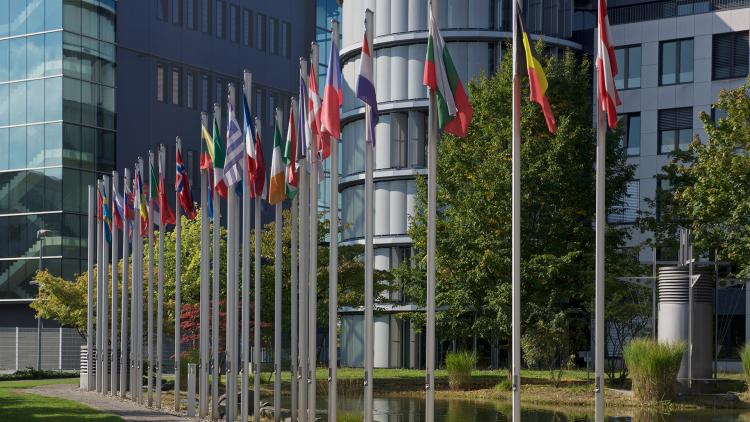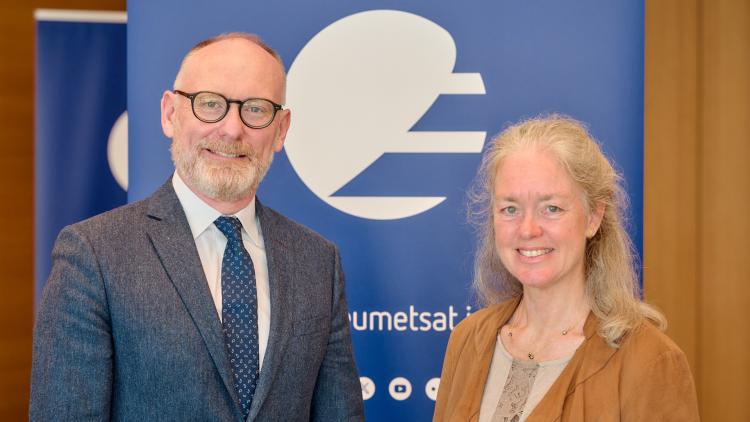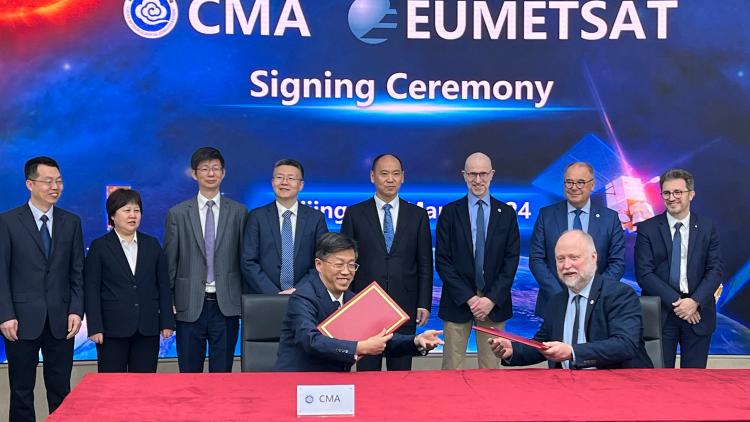24 June 2025
19 March 2020
EUMETSAT’s vision is to be the leading user-driven operational agency in Europe for Earth observation satellite programmes that fulfil the objectives of its Convention. It further aims to be a trusted global partner for those outside Europe who share these objectives. In realising this vision, EUMETSAT’s first priority is to fulfil the essential requirements of its member states in terms of observations, data and support services for operational weather as well as Earth system monitoring and forecasting for climate services. EUMETSAT will do this in the most effective manner, through its own satellite programmes.
For operational weather forecasting, EUMETSAT programmes and cooperation will respond to the needs of the European national meteorological services for satellite observations of the atmosphere, land-surfaces, ocean and cryosphere, in support of nowcasting, and short and medium-range forecasts.
For climate monitoring, EUMETSAT will respond to requirements expressed by the Global Climate Observing System and generate climate data records from long series of satellite observations. This will be achieved by making use of the expertise available at its central facility in Darmstadt, Germany, and within the network of eight Satellite Application Facilities (SAF) distributed across its member states.
EUMETSAT’s second priority is to establish additional or shared capabilities in partnership with the European Union and other satellite operators to achieve synergy with its own satellite missions for the common benefit of its member states and partners.
EUMETSAT’s current strategy, published in 2021, takes account of the challenging and dynamic environment in which EUMETSAT operates, whilst capitalising on the successes achieved through our previous strategy and it is currently under review for an update planned in 2026.
Indeed, the main strategic goal for 2030 is the full and successful implementation of the new Meteosat Third Generation (MTG), EUMETSAT Polar System - Second Generation (EPS-SG), Sentinel-3, Sentinel-4, Sentinel-5 and Jason-CS/Sentinel-6 missions, based on a smooth transition from the current generation of systems. This will ensure that the continuity and expansion of services delivered to member states and users is secured for a further decade and beyond.
The strategy will be implemented in the context of the European Meteorological Infrastructure and selected European and global partnerships involving the World Meteorological Organization (WMO), the European Union (EU), European Space Agency (ESA) and other national space agencies, together with a portfolio of bilateral cooperation agreements with international partners, considered as a strategic asset.
The strategy is made up of nine strategic objectives:
Deploy New Satellite Systems
Deploy the new Meteosat Third Generation and EPS-Second Generation satellite systems and maximise their benefits to member states and users.
Deliver Operational Services
Deliver operational services responding to evolving user requirements, based on continuous and cost-effective infrastructure and operations.
Establish European Weather Cloud
Establish and exploit a federative European Weather Cloud infrastructure with ECMWF and national services.
Contribute to WMO Vision 2040
Consolidate EUMETSAT’s contribution to the WMO Vision 2040 and plan future satellite systems.
Support EU Space Strategy & Copernicus
Deliver Copernicus ocean and atmospheric missions and contribute to collaborative R&I projects with the EU.
Global Cooperation
Cooperate with satellite operators and global partners to monitor weather, climate and greenhouse gases from space.
Expand the User Base
Expand the user base for EUMETSAT data, products and services.
Improve Risk Management
Continuously improve management and risk management processes.
Be an Attractive Employer
Remain an attractive employer for diverse, skilled, talented and engaged people.
